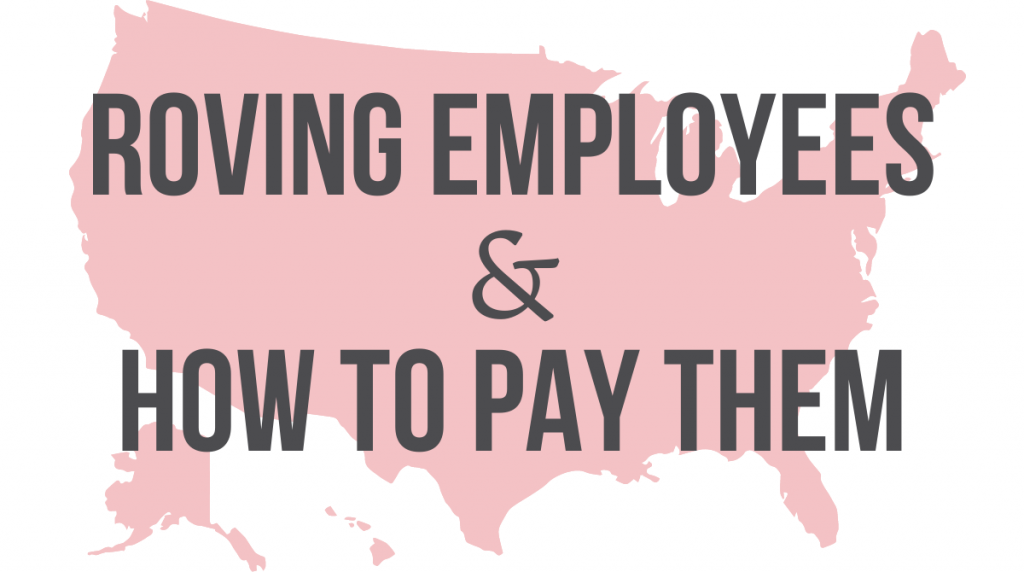
Posted November 16th, 2021 in Legal Insights with Tags The Equal Pay Advisor
Roving Employees and How to Pay Them
Employers in the not-to-distant past constructed pay scales based in part on the location of the employees. Employers routinely paid employees in New York City, San Francisco, and Los Angeles a premium. By 2021, however, the concept of a worksite has been exploded, and employees work virtually from across the country. This change has dramatic implications for employers analyzing whether to structure pay scales tailored to geographic locales.
Historically speaking, employers constructed separate pay scales for each locale for two reasons. First, employers knew that they needed to pay a higher wage to recruit talent in some locations. Second, employers recognized that employees had a higher cost of living and required a higher wage rate to make ends meet. The change in the American workplace calls both of these assumptions into question. Because many jobs are virtual, employers are no longer competing for employees in a particular location. If an employer can recruit employees from Fargo to perform work for the employer in New York City, the question is, what is the market for that employee’s services on a national basis, not a New York City basis? Furthermore, of course, the employee living in Fargo will have a Fargo cost of living, not a New York City cost of living. Both employer justifications for the pay difference thus evaporate in a virtual environment.
The continued application of geography-specific pay scales in a virtual environment creates pay equity risks for employers. The classic definition of justice is to treat similar individuals similarly and different individuals differently in proportion to their difference. Applying geographic pay scales in a virtual environment poses problems in both directions. First, employers may pay individuals similarly (e.g., by providing two employees a pay enhancement because their “office location” is New York City, even though one of those employees lives in New York City and the other in Des Moines). Second, an employer may pay two employees in Des Moines differently because one employee has an “office location” of New York City while the other employee has an “office location” of Des Moines. Employers seeking to justify these pay differences in a pay equity lawsuit will face potentially insurmountable challenges.
Employers should reexamine geography-specific pay differentials to assess whether those pay differentials remain valid in 2021. In some cases, pay differentials are appropriate. For example, manufacturing jobs require in-person work, and all justifications for a pay differential remain valid. But an employer operating in a purely virtual environment with employees across the country has no need for, and likely cannot justify, paying differentials based upon the employee’s virtual office location. In addition, employers with pay differentials for positions that include virtual work should consider whether to base pay differentials on the nature of the work instead of the geographic locale. In some cases, a pay differential that had been tied to a geographic locale (e.g., Silicon Valley) may no longer be appropriate on a geographic basis. Still, a work-related premium may nevertheless be appropriate (e.g., high-level software coding). Finally, employers should conduct pay equity analyses of their workforce and specifically assess the compensation based upon geographic locations to identify and remediate any potential pay disparities. Such pay equity analyses have never been more important than in 2021’s virtual world.
